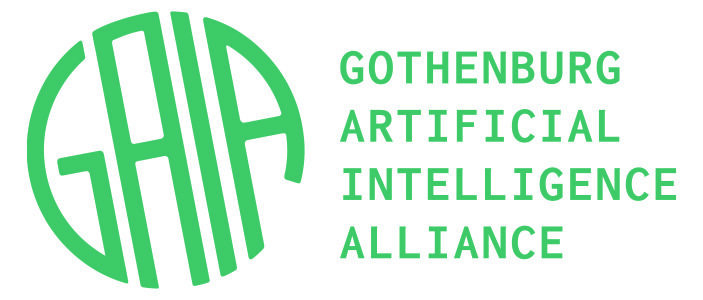Abstract
Tracking of human body motion is important in several different areas. Occupational health and safety, sports medicine, rehabilitation, animation, and ergonomics, to name a few. By using cheap inertial sensors, it is possible to track body movement at a reasonable cost without the need for external cameras.
Inertial sensing does come with its own set of problems. Making sense of sensor data is not a straightforward process. On top of this, we want to derive meaning from movement patterns. This makes the software algorithms all the more important.
Finding the right algorithm is not easy and figuring out what works and what does not on sensor data requires a lot of trial-and-error. Even with a theoretically perfect algorithm, how do we gather training data? How do we verify that it really works, and how do we make the solution robust enough to work in the real world?
In this talk, we will discuss a wearable automated emergency response system powered by ML, the long and winding road from idea to working prototype, and some of the problems we encountered.
Thomas Wingate
Head of Research @ WAVR
Thomas has a long history of leading innovation-driven projects heavy in R&D. He has a background in computational geometry and has been involved in Burj Khalifa and Campus des Wissens, to name a few. He has taught at Stanford, Chalmers, KTH, and LTH. Prior to Wavr, he founded Dreamler, where he worked as CTO.

